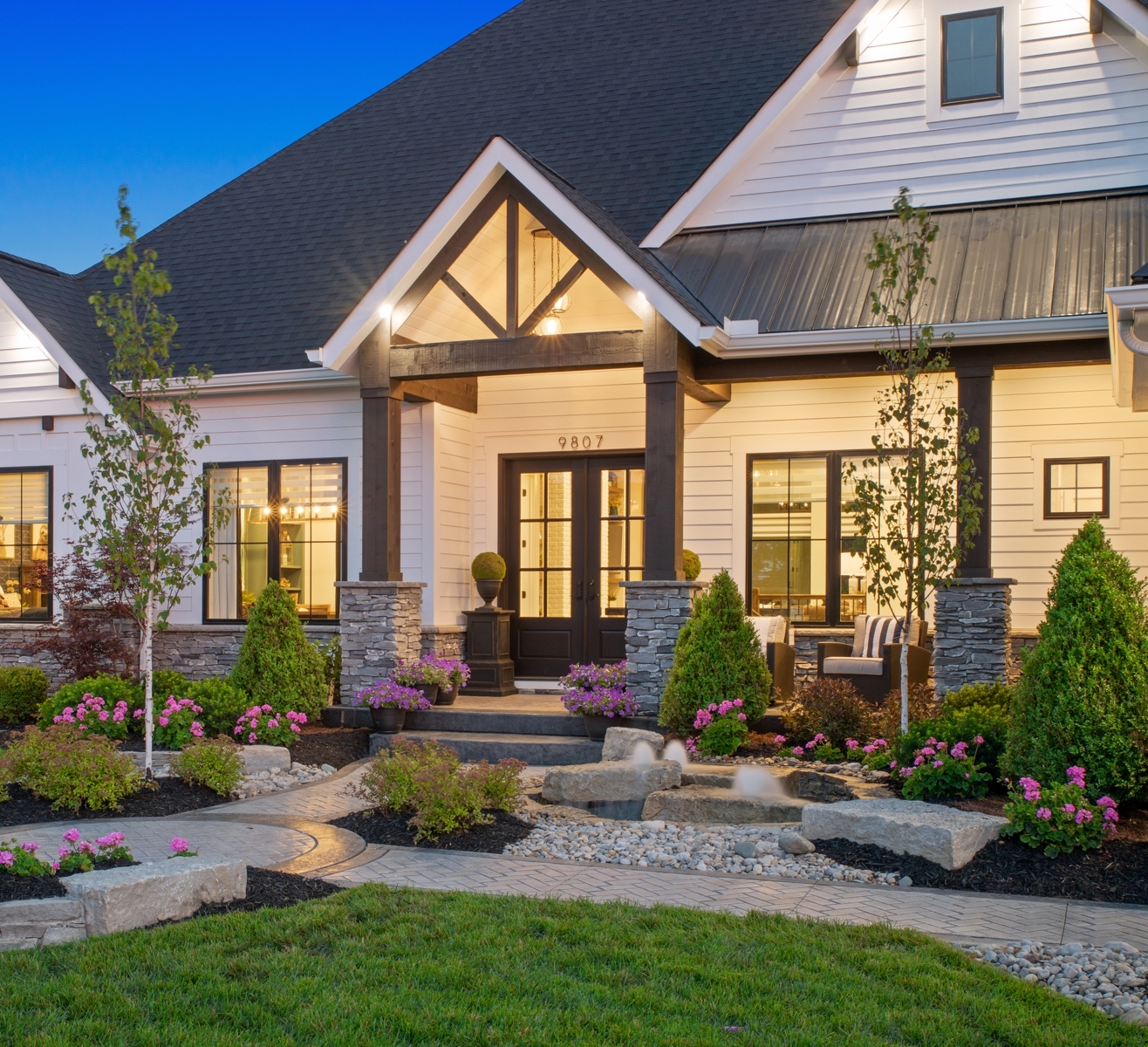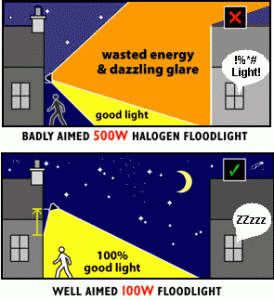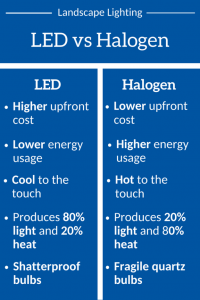Email: info@fc-llc.org
by Freedom Consulting Posted on April 27, 2021

Lighting is an often-overlooked aspect of security. Proper lighting, placement, and usage can help deter and detect unwanted actors from gaining access to your perimeter. By doing this, you can reduce the chances of a crime taking place.
Some things to consider when designing your lighting plan are:

As you can see from the above illustration, proper placement and orientation of the light are important. Proper placement can ensure optimum coverage and effectiveness.
When choosing the kind of light fixture type that you want to use, there are options. Hard wired lights are wired into your home’s electricity. Some lights are as simple as plugging them in. You can also get battery-powered lights. Solar-powered lights are another good option when installing outdoor lights. All of these lights come in various types and styles.
There are also different types of light bulbs you can choose from like led, fluorescence, halogen, etc. Most people are going to LED lights. The price upfront is more, but you can get up to 10 times the life out of them. The LED lights are also more energy-friendly with less wasted energy(heat).

There are different types of lighting to consider.
Choosing the proper place to put your lighting generally falls into the question, “What area needs to be illuminated?” Some areas to consider lighting are:
Make sure you check with local laws/ordinances for any light pollution restrictions.
The proper implementation of your lighting design can help make your property less likely to be victimized. By lighting the dark spots and walkways you create an environment with fewer areas for someone to hide. Motion sensor lighting that detects any motion will illuminate, generally scaring off potential bad actors. If you have statutes or architecture you can illuminate them and by doing so, you do not only highlight them decoratively, but adding to your lighting plan.
These are just a few things to consider when developing a lighting plan. Be sure to check out our videos covering different physical security topics https://www.fc-llc.org/videos/. For more information, please contact us at https://www.fc-llc.org/contact-us/.
Sources:
https://mobilevideoguard.com/7-lighting-strategies-for-better-security/
© 2024 Freedom Consulting LLC. All rights reserved